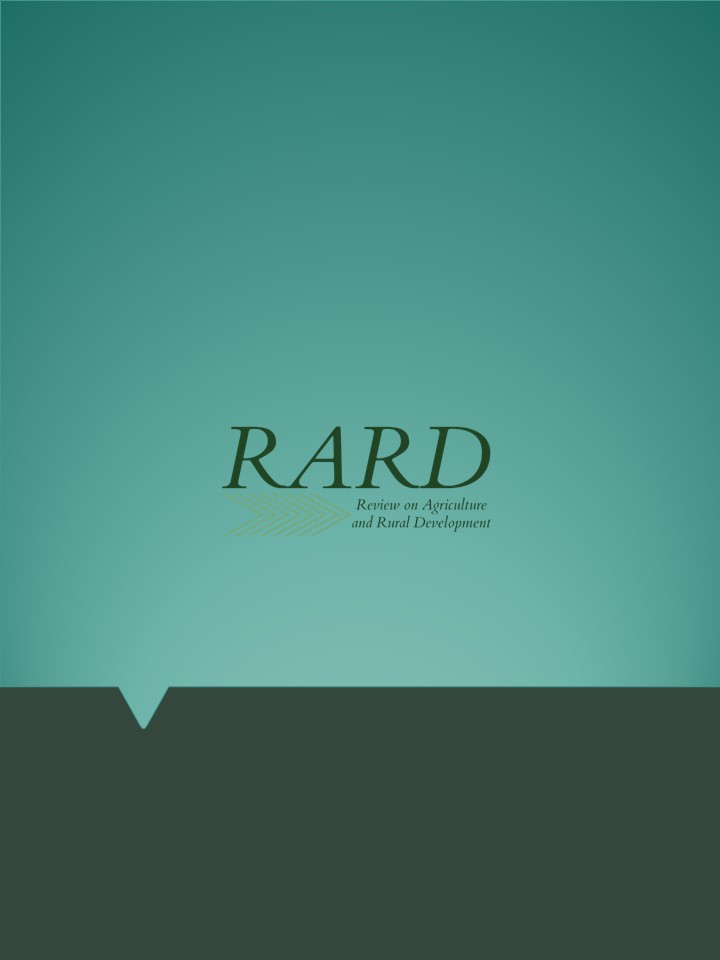Can the distribution of red fox burrows indicate the chafer larvae density?
Main Article Content
Abstract
Due to their general occurrence the European badger and the red fox have an important role in most of the ecosystems of the Carpathian basin. Both species use burrows for resting and cub rearing. Based on the previous studies, differences were found in the burrow site selection of these predators. The differences can be seen in case of the vegetation type, the soil texture and the density of primary food sources. This knowledge is important for wildlife managers and nature conservationists, but maybe useful for other sectors (e.g. agriculture, forest management) as well. In the present study, we have taken plant protection approach. Our question was the following: does the chafer larvae density differ in the surrounding of badger and red fox burrows? The study area is located between Gödöllő and Valkó, in the Gödöllő Hills. Its size is 3728 ha and mainly covered by forests (96%). Two methods were used during the study. At first strip transect method was implemented to find the burrows. 81 burrows were found in total, 14 of them were used by badger and 14 by red fox, 53 of them were abandoned. The second method was the chafer larvae density and biomass measurement. Eight samples were taken per each active burrow, it means 224 samples in total. Our results showed higher chafer larvae density and biomass in case of red fox burrows, than in case of badger burrows. We conclude that the soil texture could be in the background of this difference.
